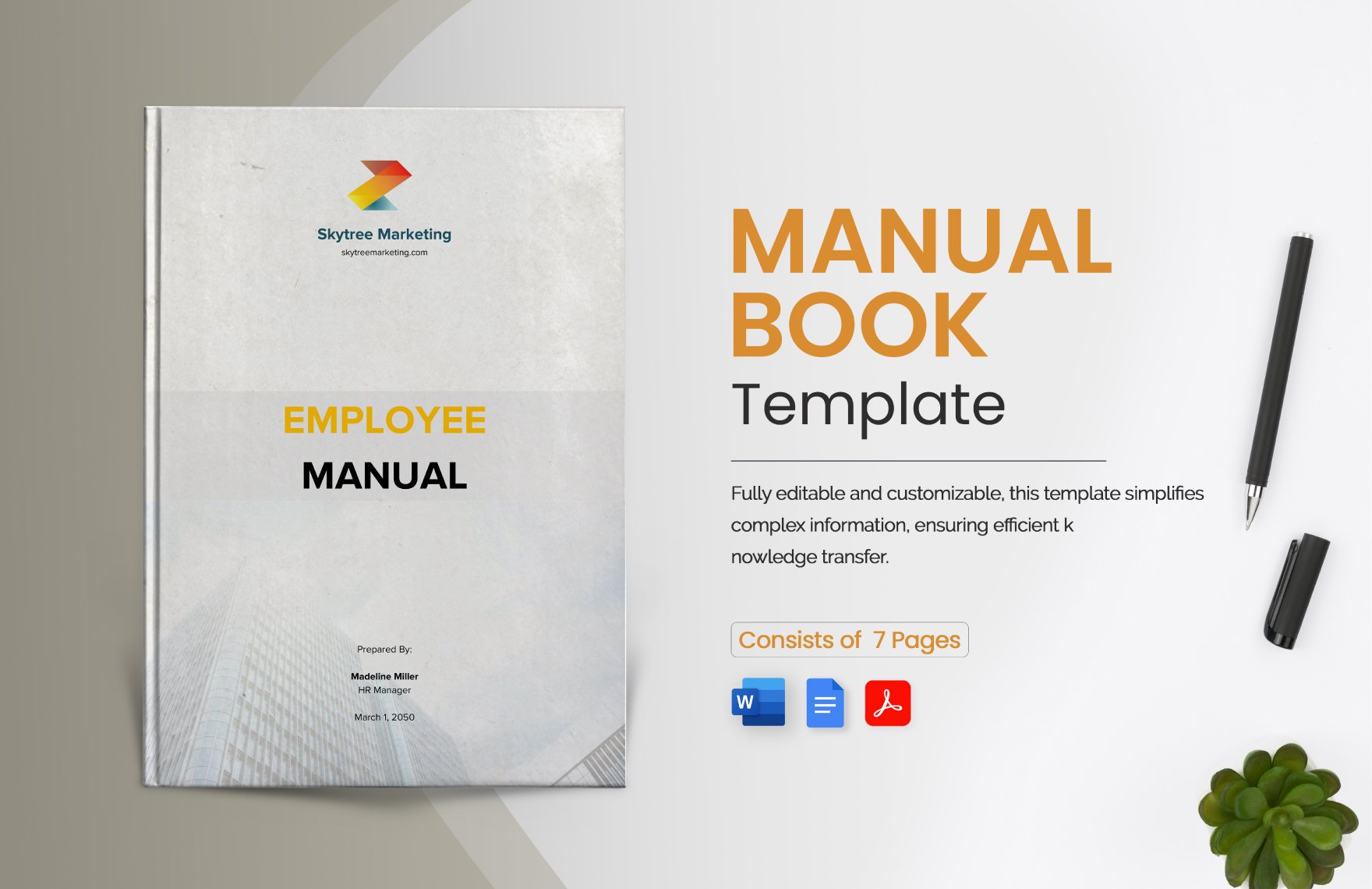The Iowa Model Template: A Simple Guide for Evidence-Based Practice
Are you a healthcare professional looking to improve patient outcomes and streamline your clinical practices? Do you want to implement changes based on solid evidence and a clear, repeatable process? Then you’ve likely stumbled upon the Iowa Model of Evidence-Based Practice (EBP). This article provides a comprehensive, yet easy-to-understand guide to the Iowa Model template, helping you understand its components and how to effectively apply it in your own setting. We’ll break down the model step-by-step, ensuring you can confidently embrace EBP and enhance your practice.
What is the Iowa Model of Evidence-Based Practice?
The Iowa Model is a widely recognized and respected framework designed to guide healthcare professionals in implementing evidence-based practice changes within their organizations. Developed by the University of Iowa Hospitals and Clinics, the model provides a systematic approach to identify clinical problems, search for the best available evidence, and translate that evidence into improved patient care. It’s a cyclical process, encouraging continuous evaluation and improvement. Think of it as a roadmap for implementing change driven by data and research.
Understanding the Iowa Model Template: The Core Components
The Iowa Model is typically represented as a flowchart or diagram, outlining a series of interconnected steps. The key components of the template are:
- Triggers: Identifying a clinical problem or an opportunity for improvement. This could be a problem-focused trigger (e.g., high infection rates) or a knowledge-focused trigger (e.g., new research on pain management).
- Is this a Priority? Determine whether the identified problem is a priority for your organization and warrants further investigation. Consider factors like:
- Impact on patient outcomes
- Frequency of the problem
- Availability of resources
- Potential for improvement
- Form a Team: Assemble a multidisciplinary team of stakeholders to guide the process. This team should include individuals with relevant expertise, including clinicians, researchers, and administrators.
- Assemble the Evidence: Conduct a thorough literature review to gather the best available evidence related to the problem or opportunity. This includes:
- Research Findings: Analyze relevant studies, meta-analyses, and systematic reviews.
- Expert Opinions: Consider recommendations from clinical guidelines and expert consensus.
- Patient Preferences: Incorporate patient values and preferences into the decision-making process.
- Grade the Evidence: Evaluate the quality and strength of the evidence using a recognized grading system (e.g., the Agency for Healthcare Research and Quality (AHRQ) or the Oxford Centre for Evidence-Based Medicine Levels of Evidence).
- Pilot the Change: Test the proposed change on a small scale before implementing it organization-wide. This allows you to:
- Identify potential challenges.
- Refine the implementation process.
- Gather data on the effectiveness of the change.
- Integrate & Evaluate: Implement the change throughout the organization and continuously evaluate its impact. This includes:
- Data Collection: Track relevant metrics to measure the effectiveness of the change (e.g., patient satisfaction, infection rates, medication errors).
- Process Evaluation: Assess the implementation process to identify areas for improvement.
- Outcome Evaluation: Analyze the impact of the change on patient outcomes.
- Disseminate Results: Share the findings of your EBP project with other healthcare professionals through presentations, publications, or other means. This contributes to the broader body of knowledge and helps others learn from your experience.
- Consider Implications for Practice: Based on the evaluation results, determine whether the practice change should be sustained, modified, or discontinued.
Applying the Iowa Model: A Practical Example
Let’s say a hospital notices an increase in patient falls. Using the Iowa Model, the process might unfold like this:
- Trigger: Increased patient falls.
- Is this a Priority? Yes, falls lead to patient injury, increased length of stay, and higher healthcare costs.
- Form a Team: Assemble a team including nurses, physical therapists, physicians, and risk management personnel.
- Assemble the Evidence: Research best practices for fall prevention, including literature reviews on fall risk assessment tools, environmental modifications, and interventions.
- Grade the Evidence: Evaluate the strength of the research findings supporting different fall prevention strategies.
- Pilot the Change: Implement a new fall risk assessment tool and targeted interventions (e.g., bed alarms, frequent rounding) on a single unit.
- Integrate & Evaluate: Implement the new fall prevention strategies across the hospital and collect data on fall rates, patient injuries, and staff satisfaction.
- Disseminate Results: Share the findings with other hospitals or healthcare organizations.
- Consider Implications for Practice: Based on the evaluation, the hospital determines if the new interventions are effective and makes adjustments as needed.
Key Benefits of Using the Iowa Model
- Improved Patient Outcomes: By implementing evidence-based practices, you can directly improve patient care and reduce adverse events.
- Increased Efficiency: The systematic approach helps streamline clinical processes and optimize resource utilization.
- Enhanced Staff Satisfaction: When staff feel supported by evidence-based practices, they may experience increased job satisfaction and reduced burnout.
- Reduced Costs: By preventing complications and improving efficiency, EBP can help reduce healthcare costs.
- Evidence-Based Decision Making: The Iowa Model provides a framework for making informed decisions about clinical practices.
Conclusion: Embrace the Power of Evidence-Based Practice
The Iowa Model template provides a powerful framework for healthcare professionals to embrace evidence-based practice. By understanding and applying the core components of the model, you can systematically identify problems, gather evidence, implement changes, and evaluate their impact. This continuous improvement process leads to enhanced patient outcomes, increased efficiency, and a more fulfilling work environment. Start your journey towards evidence-based practice today, and experience the benefits of data-driven healthcare.
Frequently Asked Questions (FAQs)
1. Is the Iowa Model only for hospitals?
No! While the Iowa Model originated in a hospital setting, it can be applied in any healthcare environment, including clinics, long-term care facilities, and community health organizations. The principles of EBP are universally applicable.
2. How long does it take to implement the Iowa Model?
The timeframe for implementing the Iowa Model varies depending on the complexity of the clinical problem and the scope of the change. Some projects may be completed in a few months, while others may take a year or longer.
3. What if the evidence is inconclusive or lacking?
If the evidence is inconclusive or lacking, the Iowa Model encourages you to consider alternative approaches, such as expert opinion, pilot studies, or further research. Documenting the limitations of the evidence is also crucial.
4. How do I get started with the Iowa Model?
Start by identifying a clinical problem or opportunity for improvement in your practice. Form a multidisciplinary team, research the evidence, and begin the process of piloting and implementing change. There are many resources available online, including templates and examples, to help you get started.
5. What if the change I want to make involves a lot of organizational barriers?
Implementing any type of change can be difficult. When dealing with organizational barriers, it is important to focus on building relationships with key stakeholders, getting leadership buy-in, and communicating clearly about the benefits of the proposed change. Be prepared to address concerns and work collaboratively to overcome obstacles.




